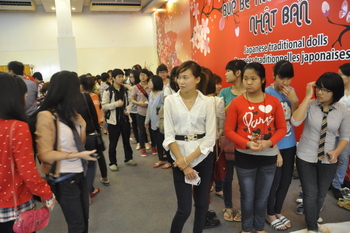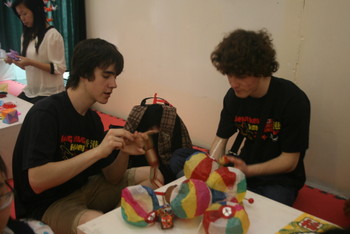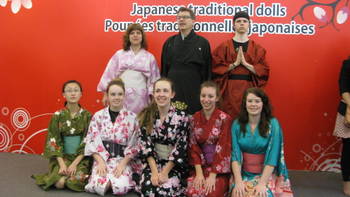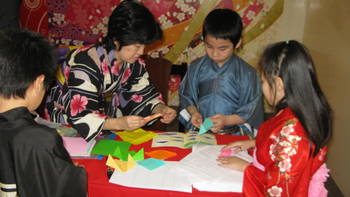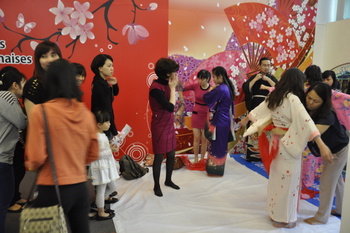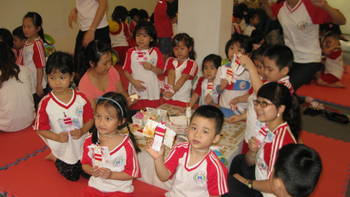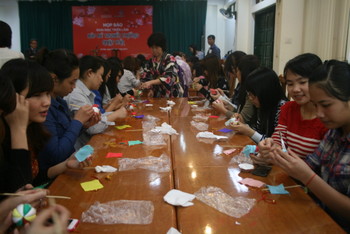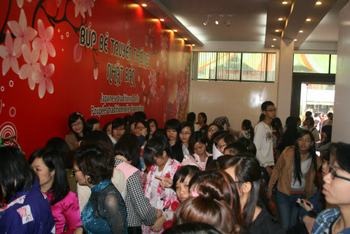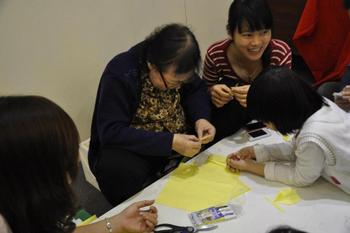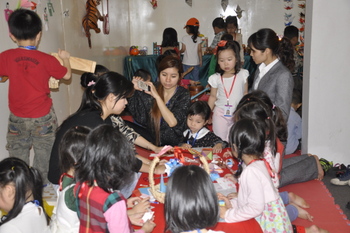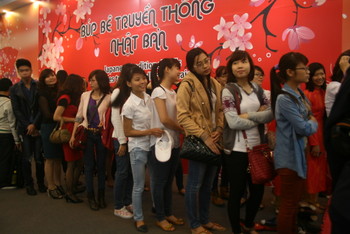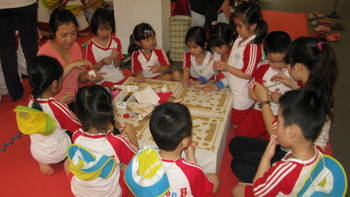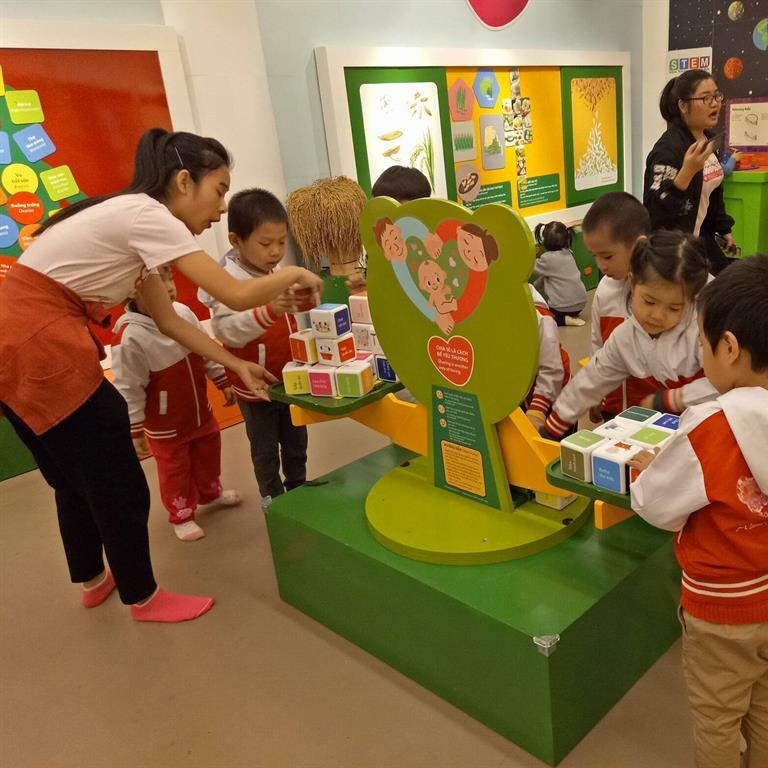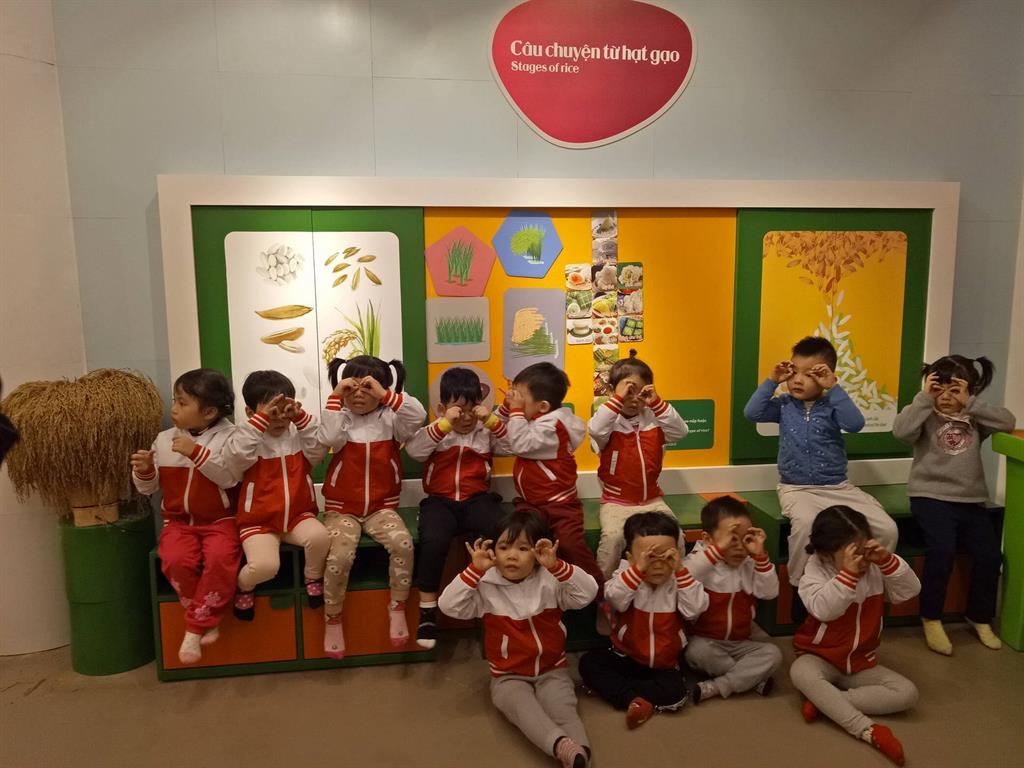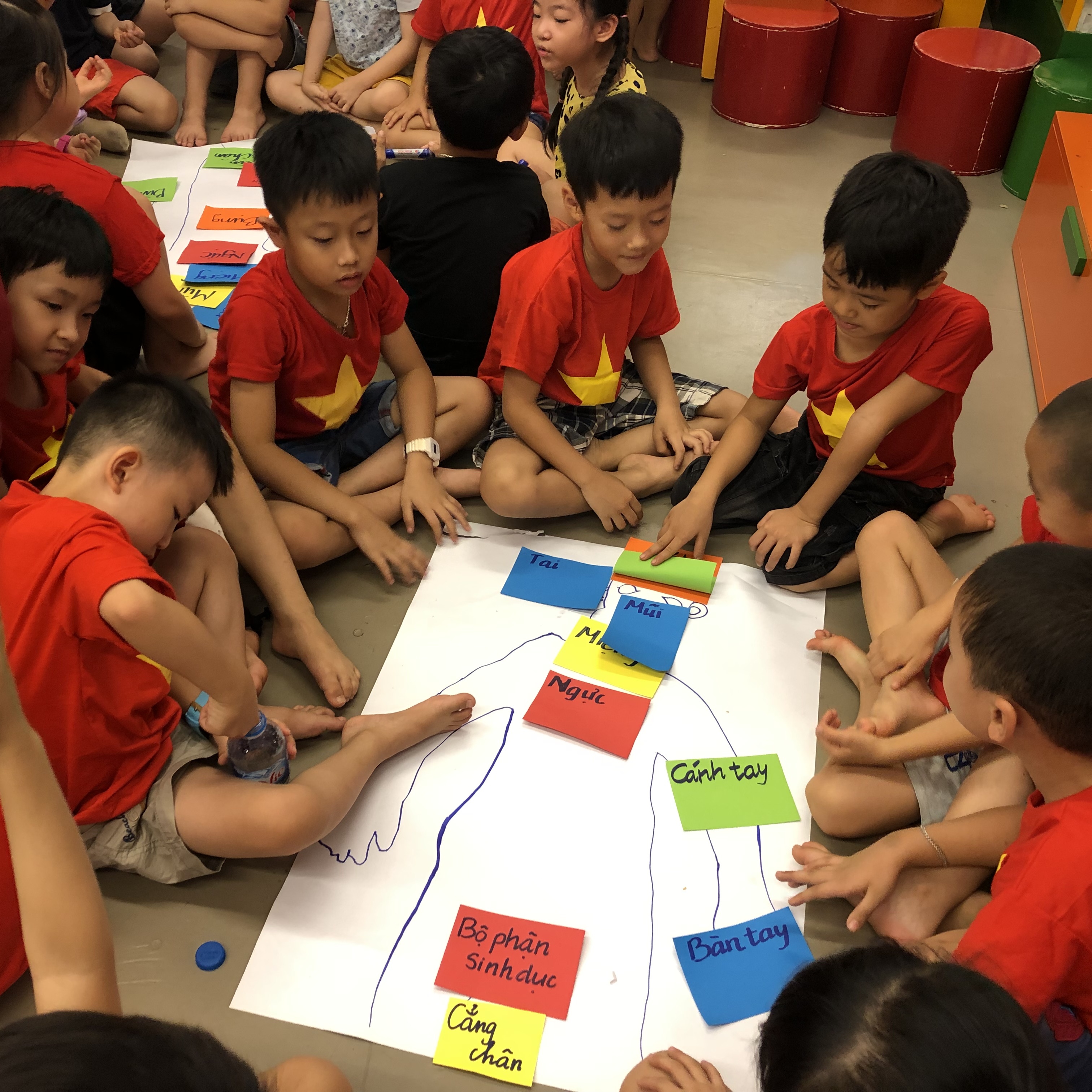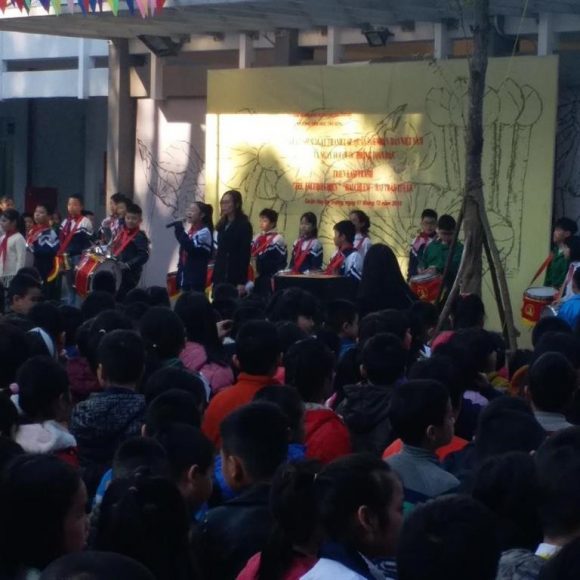Japanese Traditional Dolls
In the celebration of the 8/3 International Women’s Day and to commemorate the 40th anniversary of the establishment of diplomatic relations between Japan and Vietnam, the Vietnamese Women’s Museum (VWM) is cooperating with the Japan Foundation Center for Cultural Exchanges and the Edo-Kemikomi Traditional Doll’s Sachiei Association to organize the exhibition “Japanese Traditional Dolls”.
The exhibition introduces nearly 150 Edo-Kimekomi Dolls “push (textile) into wood to form a pattern” and more than ten traditional kimono costumes. The Edo-Kimekomi dolls dates back to 17 Century in Kyoto (old capital city of Japan). It is made by willow-wood and contoured by different kinds of textiles, like silk or brocade. Each of the dolls requires an average of two years to complete. The Kimekomi dolls not only express Japanese culture but also Japanese belief and pride. According to the traditional Japanese conception, the Kimekomi dolls could protect the old people and children from spirit evils, or diseases.
Among the dolls that were displayed in the exhibitions, there has some typical dolls such as dolls for the Hina Matsuri referred to as the Emperor and Empress, mandarins or entourages; doll festivals, girl dolls, children dolls, and animal dolls, etc.
Besides enjoying many unique collections of Japanese traditional dolls, visitors could be taught the technique of making the dolls, tried on Kimono and Yukata, and traditional folding paper (Origami) as well asl play some Japanese traditional games for children, etc.

